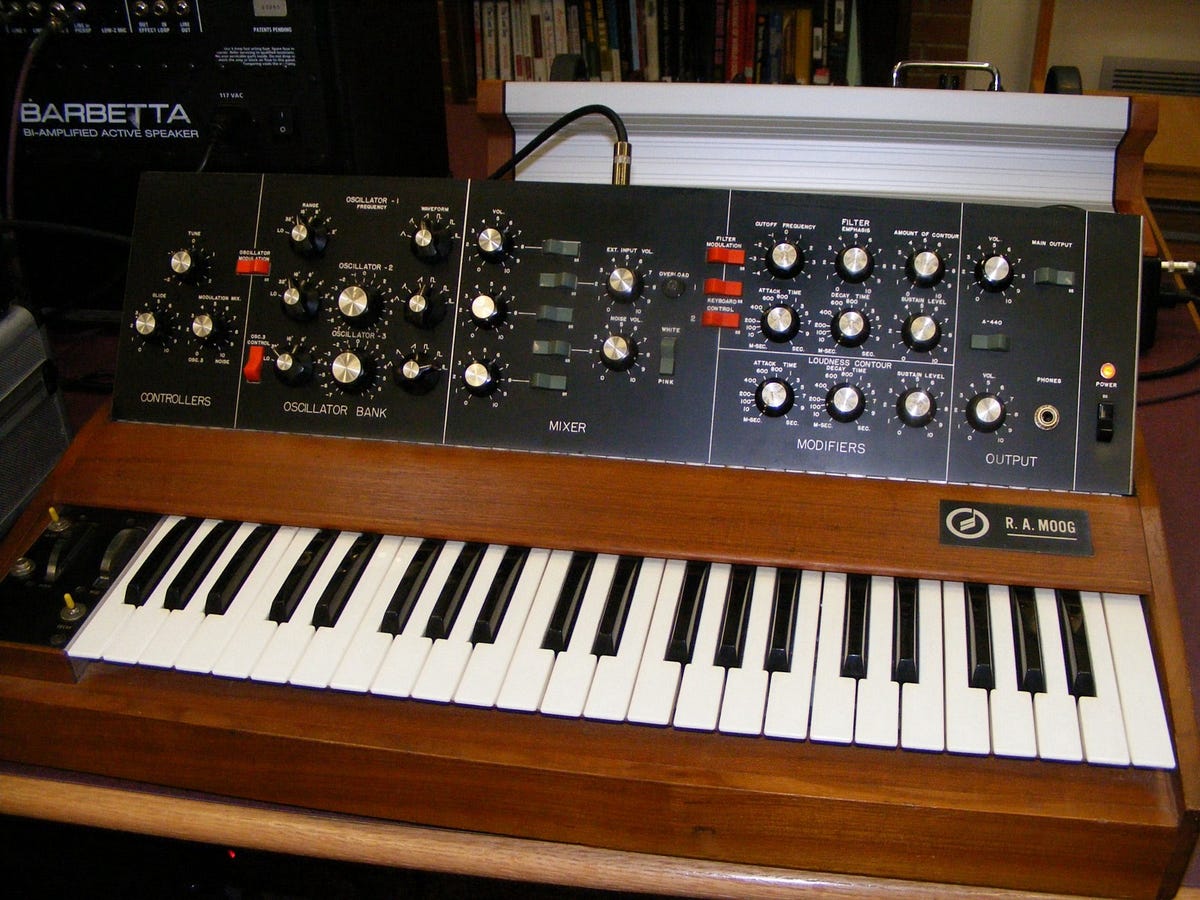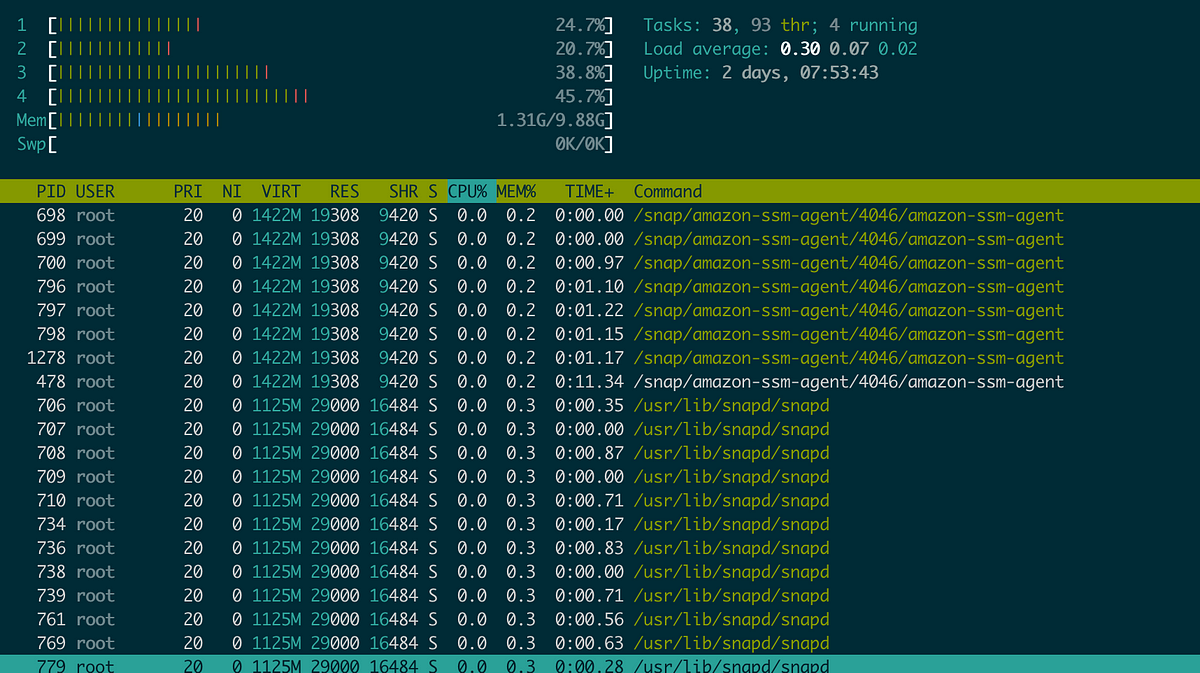
Single-sideband modulation
In radio communications, single-sideband modulation (SSB) or single-sideband suppressed-carrier modulation (SSB-SC) is a type of modulation used to transmit information, such as an audio signal, by radio waves. A refinement of amplitude modulation, it uses transmitter power and bandwidth more efficiently. Amplitude modulation produces an output signal the bandwidth of which is twice the maximum frequency of the original baseband signal. Single-sideband modulation avoids this bandwidth increase, and the power wasted on a carrier, at the cost of increased device complexity and more difficult tuning at the receiver.
Radio transmitters work by mixing a radio frequency (RF) signal of a specific frequency, the carrier wave, with the audio signal to be broadcast. In AM transmitters this mixing usually takes place in the final RF amplifier (high level modulation). It is less common and much less efficient to do the mixing at low power and then amplify it in a linear amplifier. Either method produces a set of frequencies with a strong signal at the carrier frequency and with weaker signals at frequencies extending above and below the carrier frequency by the maximum frequency of the input signal. Thus the resulting signal has a spectrum whose bandwidth is twice the maximum frequency of the original input audio signal.
SSB takes advantage of the fact that the entire original signal is encoded in each of these "sidebands". Since a good receiver can extract the complete original signal from either the upper or lower sideband, it is not essential to transmit both sidebands plus the carrier. There are several methods for eliminating the carrier and one sideband from the transmitted signal. Producing this single sideband signal can be done at high level in the final amplifier stage as with AM [ 1] [ 2] but it is usually produced at a low power level and linearly amplified. The lower efficiency of linear amplification partially offsets the power advantage gained by eliminating the carrier and one sideband. Nevertheless, SSB transmissions use the available amplifier energy considerably more efficiently, providing longer-range transmission for the same power output. In addition, the occupied spectrum is less than half that of a full carrier AM signal.



















